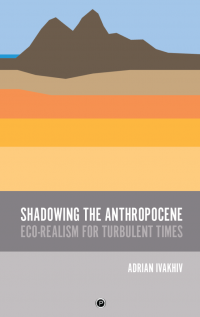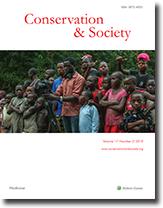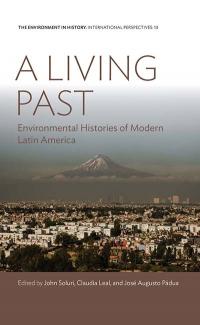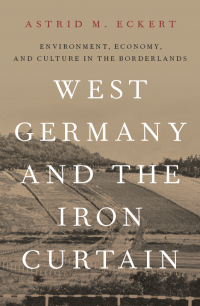"The Political Ecology of Human-wildlife Conflict: Producing Wilderness, Insecurity, and Displacement in the Limpopo National Park"
The author analyzes the increase of human-wildlife conflict (HWC) in Mozambique’s Limpopo National Park due to conservation-induced displacement.







